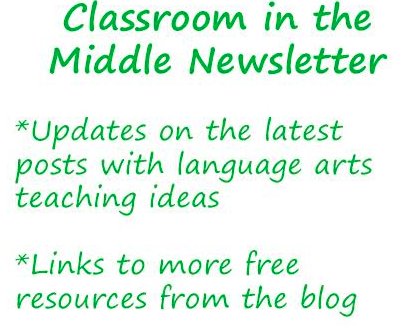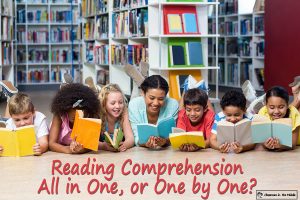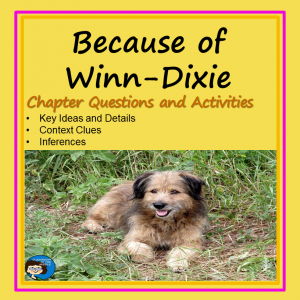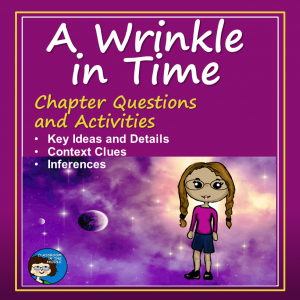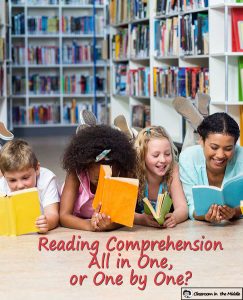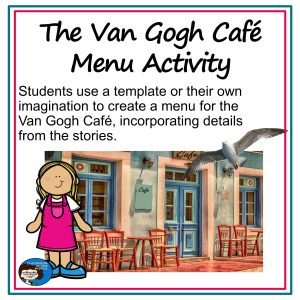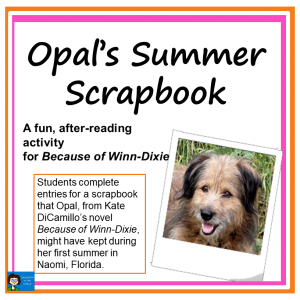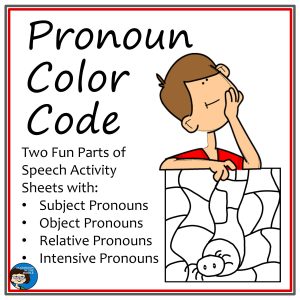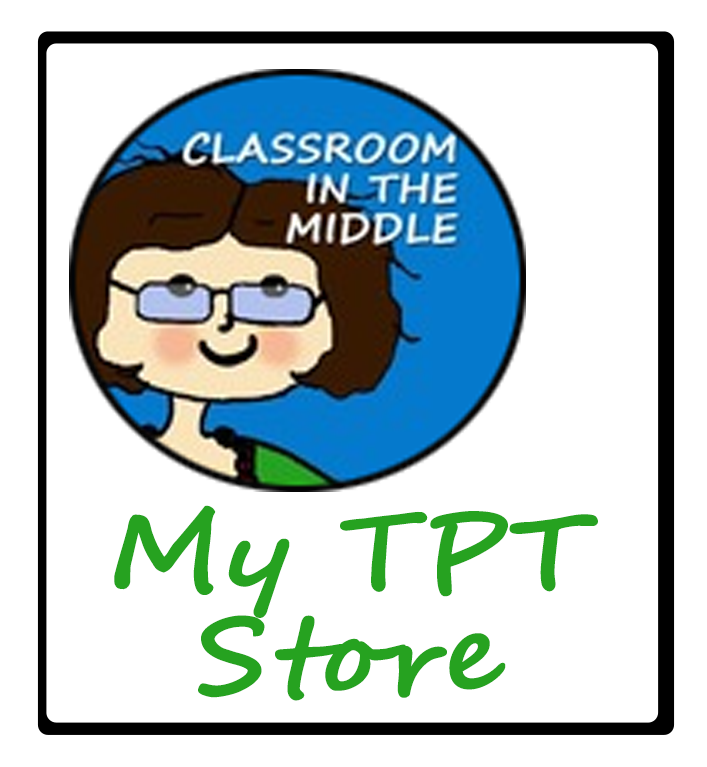Which way do you like to teach reading skills – all together as you read a novel or story, or one by one with practice materials tailored to each specific skill?
My own answer? Both!
When it’s time to teach a new reading element or skill, I’d go for materials designed specifically to teach that objective. I’d also be sure to choose materials with reading passages that are short, only as long as needed to teach that one skill. I’d also use this type of material for reviewing skills at the end of a unit, before an assessment, or even as an informal “pretest.”
Once the skill(s) have been taught, then I’d go for the longer and more interesting readings, using a favorite short story or whole-class novel. By discussing and working with story elements as they appear in the story, students will deepen their understanding. Seeing how reading elements and skills fit together to make a great story give students that long-term understanding that they need to become better readers. It will help them apply what they’ve learned to future readings of their own.
My two go-to resources for reading instruction are task cards – for those quick skills lessons – and novel studies – for deeper understanding. Here are some examples.
Reading Skills with Task Cards
Story Elements
Each story element is a perfect topic for mini reading lessons or individual practice with task cards. Take theme for example. Short fables are always a great place to start with their built-in theme. A little classroom chart of common themes is helpful too, since without a list of idea words like this, students tend to use the same few generic themes over and over to describe the stories they read. And then the task card practice, to really cement the concept!
Text Structures
Cause and effect, compare and contrast, problem and solution . . . practicing with each one individually makes it so much easier for students to correctly identify the theme of a story later on. It also helps students to understand how text structures help writers to organize their material.
Comprehension Skills
Students in the middle grades can be great at locating “facts” in a story or article, and some can do it really quickly too. But when it comes to more complex reading questions such as those that involve making inferences, drawing conclusions, or using context, the good readers quickly separate out for the less-skilled ones. Practicing on one skill at a time can help!
Seasonal Practice
OK, this isn’t actually a category or reading skills, but I do like to have autumn, winter holiday, and spring themed sets of reading task cards handy for a little practice at opportune times!
Novel Studies
Preparing to Read
There are so many ways to do this. Maybe the simplest is a class discussion of what kids already know and what they’re interested in that is related to the topic of an upcoming novel. If there’s a historical setting or a science connection, you have a built-in opening there too. Looking at a small set of interesting vocabulary words from the novel is another good pre-reading activity, maybe by sorting the words into categories according to how the students think they will be used in the book. I like to include at least one before-reading activity sheet with each novel study.
Key Ideas and Details
When reading a novel myself, I’ve often had to go back and remind myself who a particular character is or what happened to lead up to the current situation, and kids can miss important details like these too. I don’t usually include a lot of detail questions with a novel study, but I do try to include just a few every chapter or so to make sure everyone is up to speed with what is happening in the story.
Context Clues
If kids don’t already know that authors include LOTS of clues in their stories, they need to learn that and then practice until they get into the habit of using these super-handy little hints. Using context clues is a great skill to practice independently and within a longer piece of text.
Making Inferences and Drawing Conclusions
This is a big one – making inferences and drawing conclusions can definitely be difficult, but just as definitely, it’s a skill that can be learned. Once they’ve got the idea through practicing with task cards, kids are ready to tackle inferences and conclusions in longer stories or novels. Since a class will come up with a variety of answers, some more right or wrong than others, inference and conclusion questions are great ones to expand into class discussions.
Writing Prompts
Kids can write about a novel that they have read, or they can draw one element from the novel to write about. A favorite topic is choosing one character to write about, but kids can also write about one of the settings or one of the problems addressed in the novel. Novels can also suggest interesting scientific or current events topics for kids to research and write about.
Review Activities
Writing is definitely a good follow-up, but kids also enjoy other types of follow-up projects such as games, graphic organizers, or cut and paste projects. It’s nice to have options!
In making the resources shown below for teaching reading skills and novel studies, I made sure to include any or all of these elements as appropriate. Each of the resources is designed to help kids think about what they are reading and develop their own reading skills so that, in addition to enjoying their current class reading, they will also be prepared to get more out of whatever they read in the future. (There are even more task cards, and more novel studies in my store!)
Related Resource

